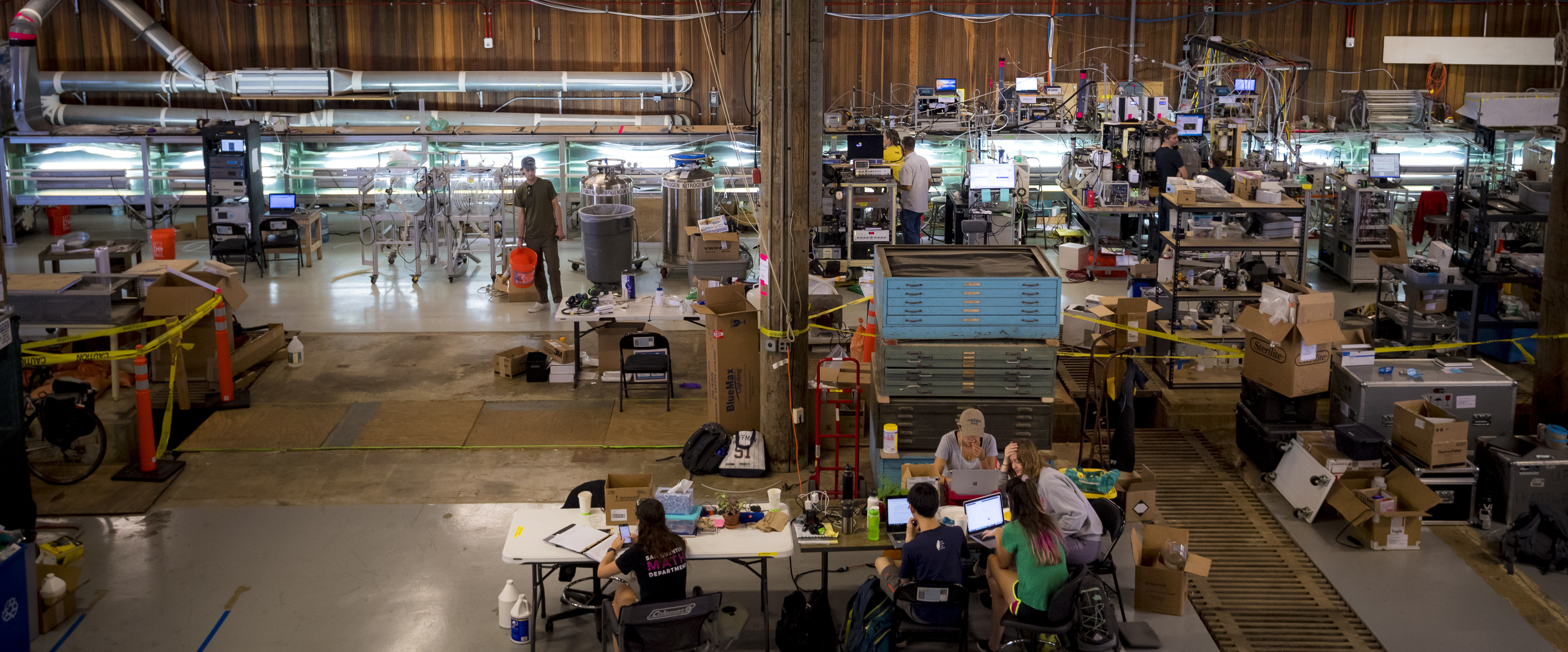About
CAICEBy bringing the ocean and atmosphere into the lab, we are studying the influence of aerosols on the environment.
CAICE is a National Science Foundation Center for Chemical Innovation.
The Center for Aerosol Impacts on Chemistry of the Environment (CAICE) focuses on improving our understanding of how aerosol particles impact the environment, air quality, and climate. Led by Prof. Kimberly Prather, UC San Diego Distinguished Chair in Atmospheric Chemistry, the Center’s goal is to understand critical details regarding the chemistry of aerosols.
CAICE tackles the grand challenge of elucidating how the chemical complexity of atmospheric aerosol particles impacts our atmosphere and climate. One important type of aerosol, sea spray, has tremendous chemical variability depending on ocean chemistry, biology, and physical factors such as waves and wind. CAICE has established a unique ocean-atmosphere interaction facility that replicates natural sea spray aerosol in a controlled setting, allowing for detailed fundamental studies of aerosol reactions.
CAICE has assembled an interdisciplinary team of scientists to accomplish this task: atmospheric, physical, biochemistry, analytical, and organic chemists, along with oceanographers and marine biologists. In addition to conducting innovative research, we are dedicated to improving science education and impacting the public through outreach.

Interdisciplinary teams are brought together to provide diverse perspectives and approaches to gain fundamental chemical insights into aerosol formation, water uptake, ice formation, and reaction processes. New theoretical and experimental tools are being developed to understand the complex, heterogeneous, and dynamic aspects of aerosol particles at a level that will allow the information to be applied generally to atmospheric aerosols. CAICE’s goal is to understand how the structure, phase, and molecular composition of individual particles impact properties and reactivity. A detailed chemical understanding of how complex mixtures of different molecular combinations in aerosols influence light absorption and scattering, as well as nucleation and cloud droplet and ice crystal formation.
Using computational tools and state-of-the-art instrumentation, including a novel real-world in the laboratory approach to generate aerosols, CAICE is focusing on the critical area of aerosol chemistry, one of the largest current gaps in our understanding of climate change.
This highly interdisciplinary Center is recognized for its innovation and focus on a scientific grand challenge through a $20 million award from the National Science Foundation. This funding allows CAICE scientists to work with other researchers from around the world to advance our understanding of the factors perturbing atmospheric composition and climate.

CAICE advances a wide range of scientific disciplines, including air quality and atmospheric chemistry, processes at interfaces, climate science, multiphase and heterogeneous reaction processes, nanoparticle properties, and biogeochemistry. The important benefits for society include: 1) an improved ability to predict regional climate, atmospheric chemistry, and water resources via advanced models that incorporate aerosol impacts on clouds and precipitation processes; and 2) the interdisciplinary training and education of the next generation of scientific leaders who will develop solutions to large-scale environmental problems.
CAICE students acquire solid foundations in fundamental chemistry while addressing problems related to the ocean, atmosphere, and climate. All CAICE participants receive training on how to most effectively convey their scientific findings to the public. CAICE studies are also trained in ethics and entrepreneurship, and are heavily involved in education and outreach programs. Their research findings are communicated to the public in close collaboration with the Birch Aquarium as well through social media.
The Center for Aerosol Impacts on Chemistry of the Environment is funded as part of the National Science Foundation’s Centers for Chemical Innovation (CCI) program.
The Center for Aerosol Impacts on Chemistry of the Environment is funded as part of the National Science Foundation’s Centers for Chemical Innovation (CCI) program.

